Home>Garden Essentials>How Long Does Flax Seed Meal Last
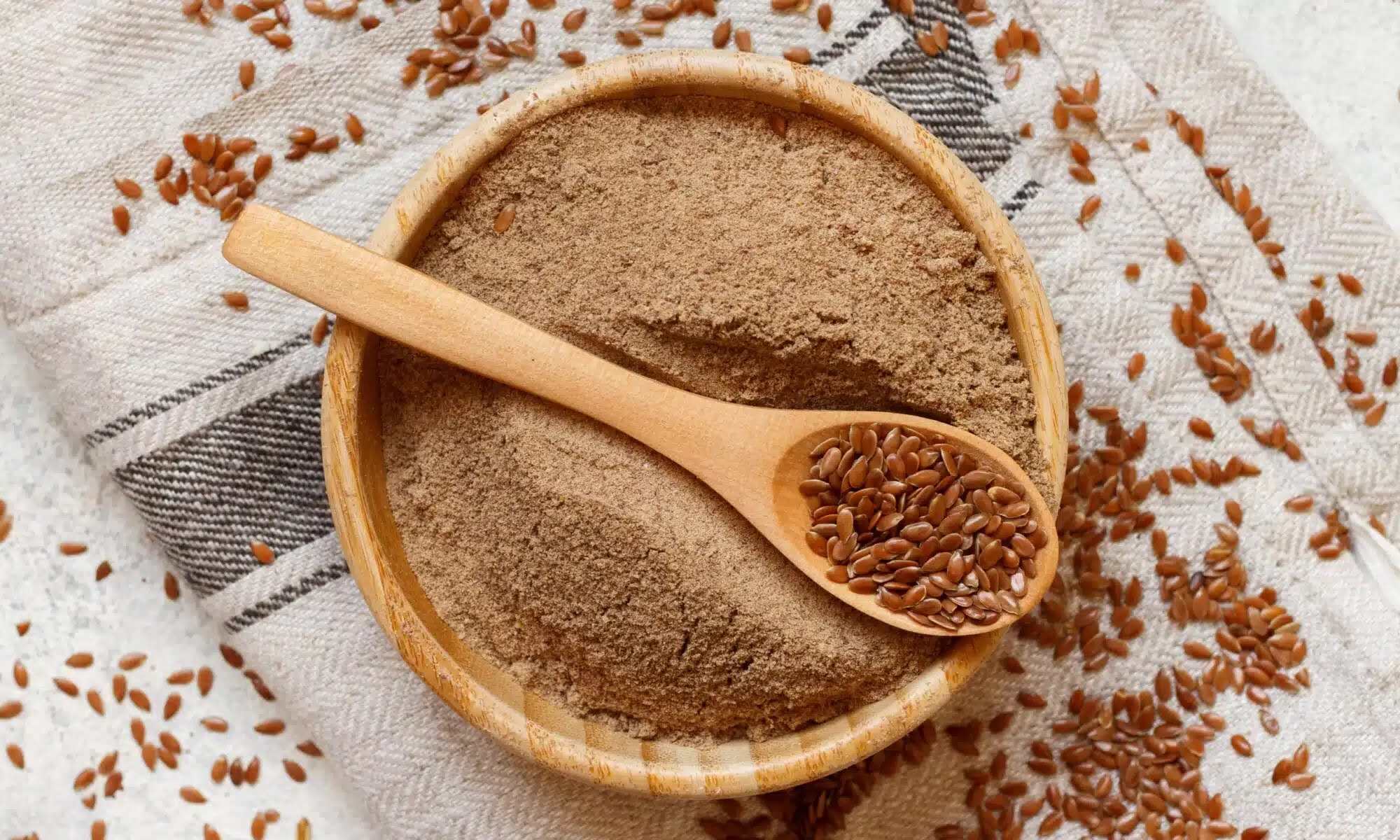

Garden Essentials
How Long Does Flax Seed Meal Last
Modified: March 15, 2024
Discover how long flax seed meal lasts in your garden. Maximize freshness and storage life with these important tips.
(Many of the links in this article redirect to a specific reviewed product. Your purchase of these products through affiliate links helps to generate commission for Storables.com, at no extra cost. Learn more)
Introduction
Welcome to our comprehensive guide on flax seed meal and its shelf life. Flax seed meal is a nutritious and versatile ingredient that can be used in a variety of recipes, from smoothies to baked goods. However, like any other food product, it is important to understand how long flax seed meal lasts and how to properly store it to maintain its freshness and quality.
In this article, we will explore the shelf life of flax seed meal, the factors that can affect its longevity, and the signs of spoiled flax seed meal. Additionally, we will provide tips on proper storage methods and techniques to extend the shelf life of flax seed meal.
Whether you are an avid baker, health-conscious individual, or simply love experimenting with new ingredients, this guide will equip you with the knowledge needed to make the most of your flax seed meal and ensure its freshness.
So, let’s dive in and discover everything you need to know about the shelf life of flax seed meal!
Key Takeaways:
- Store flax seed meal in an airtight container in a cool, dark place to maintain freshness and nutritional benefits. Avoid moisture and heat to prevent spoilage.
- Consider grinding flax seeds in small batches and storing in the freezer to extend shelf life. Always check for signs of spoilage before use.
Read more: How Long Do Flax Seeds Last
What is Flax Seed Meal?
Flax seed meal is a finely ground powder made from flax seeds, which are derived from the flax plant (Linum usitatissimum). Flax seeds have been consumed for thousands of years and are known for their numerous health benefits.
Flax seed meal is rich in dietary fiber, omega-3 fatty acids, and lignans, making it a popular choice among health-conscious individuals. It has a mild, nutty flavor that can enhance the taste and nutritional profile of various dishes.
Flax seed meal can be used as a substitute for eggs or as an additive to boost the nutritional value of recipes. It is often used in baking to replace eggs, as it helps bind the ingredients together and adds moisture. Additionally, it is commonly added to smoothies, yogurt, oatmeal, and cereal for added nutritional benefits.
Due to its versatility and health benefits, flax seed meal has gained popularity among those following specialized diets, such as vegan, vegetarian, and gluten-free. It provides a plant-based source of essential nutrients and can be enjoyed by individuals with dietary restrictions.
Flax seed meal is widely available at grocery stores, health food stores, and online retailers. It comes in both pre-packaged and bulk options, allowing you to choose the quantity that best suits your needs.
Now that we have a better understanding of what flax seed meal is, let’s move on to discussing its shelf life and how to ensure its freshness for as long as possible.
Shelf Life of Flax Seed Meal
The shelf life of flax seed meal can vary depending on various factors such as packaging, storage conditions, and whether the seeds were ground or purchased pre-ground. Generally, unopened packages of flax seed meal can last between six months to one year. However, once the package is opened, the shelf life decreases significantly.
Once opened, flax seed meal should ideally be used within three to six months to maintain its freshness and flavor. Over time, the exposure to air, light, and moisture can cause the quality of the flax seed meal to deteriorate, resulting in a rancid taste and diminished nutritional value.
It is worth noting that freshly ground flax seed meal has a shorter shelf life compared to commercially packaged flax seed meal. This is because the grinding process exposes the oils in the seeds, making them susceptible to oxidation and spoilage.
If you’re unsure about the freshness or age of your flax seed meal, it is recommended to conduct a sensory evaluation. This involves smelling and tasting a small amount of the flax seed meal to determine if it has gone rancid. If the flax seed meal has a strong, unpleasant odor or taste, it is likely spoiled and should be discarded.
Next, we will explore the factors that can affect the shelf life of flax seed meal and how to properly store it to maintain its freshness and quality.
Factors Affecting the Shelf Life of Flax Seed Meal
Several factors can influence the shelf life of flax seed meal and affect its freshness and quality. Understanding these factors will help you make informed decisions when it comes to purchasing, storing, and using flax seed meal:
- Oxidation: Flax seed meal contains oils that can oxidize when exposed to air, leading to rancidity. Ground flax seed meal has a larger surface area, making it more susceptible to oxidation compared to whole flax seeds. Minimizing exposure to air is crucial to prolong the shelf life of flax seed meal.
- Light: Like many other food products, exposure to light can accelerate the degradation of flax seed meal. It is recommended to store flax seed meal in a dark and cool environment, such as a pantry or cupboard, away from direct sunlight.
- Moisture: Moisture is another enemy of flax seed meal, as it can lead to mold growth and spoilage. It is crucial to keep flax seed meal in an airtight container to prevent moisture from entering. Avoid storing it in locations with high humidity, such as near the stove or refrigerator.
- Temperature: Flax seed meal should be stored in a cool environment to slow down the oxidation process. Excessive heat can accelerate the breakdown of the oils in the flax seed meal, leading to rancidity. A temperature range of 40°F to 60°F (4°C to 15°C) is ideal for maintaining the freshness of flax seed meal.
- Packaging: The packaging of flax seed meal can have a significant impact on its shelf life. Look for packages that are opaque and airtight to protect the flax seed meal from light, air, and moisture. Alternatively, you can transfer the flax seed meal into an airtight container if the original packaging is not ideal.
By considering these factors and implementing proper storage methods, you can prolong the shelf life of flax seed meal and enjoy its freshness for an extended period. However, it is essential to be aware of the signs of spoiled flax seed meal, as we will discuss in the next section.
Flax seed meal can last up to 6 months if stored in an airtight container in a cool, dark place. To extend its shelf life, you can also store it in the refrigerator or freezer.
Signs of Spoiled Flax Seed Meal
As with any food product, flax seed meal can spoil over time, compromising its quality and taste. It is crucial to be able to recognize the signs of spoiled flax seed meal to ensure your safety and enjoyment while using it. Here are some common indicators that flax seed meal has gone bad:
- Rancid Odor: One of the most noticeable signs of spoiled flax seed meal is a strong, unpleasant odor. A rancid smell is an indication that the oils in the flax seed meal have oxidized and become spoiled. If the flax seed meal emits a pungent or off-putting smell, it is best to discard it.
- Off Taste: In line with the rancid odor, spoiled flax seed meal may also have a bitter or strange taste. If your flax seed meal tastes off or has an unpleasant flavor, it is a clear indication that it has deteriorated and should not be consumed.
- Mold or Discoloration: Moisture can cause mold growth on flax seed meal, leading to an off-color appearance. If you notice any green, black, or white spots or any discoloration on the flax seed meal, it is a strong indication of spoilage. In this case, it is best to discard the entire batch.
- Texture Changes: Fresh flax seed meal should have a fine and slightly powdery texture. If you notice clumps, stickiness, or a change in texture, it may be a sign of moisture absorption or mold growth. Avoid using flax seed meal with these texture changes.
- Expiration Date: While not an indicator of spoilage, it’s important to keep track of the expiration date of your flax seed meal. Using flax seed meal past its expiration date increases the risk of consuming spoiled or degraded product.
If you notice any of these signs, it is best to err on the side of caution and dispose of the flax seed meal. Consuming spoiled flax seed meal can lead to digestive discomfort and potentially harmful effects.
Now that we can identify the signs of spoiled flax seed meal, let’s move on to discussing proper storage methods to extend its shelf life.
Read more: How Long Does A Seed Last
Proper Storage of Flax Seed Meal
Proper storage is crucial for maintaining the freshness and quality of flax seed meal. By following these storage guidelines, you can extend the shelf life and preserve the nutritional benefits of your flax seed meal:
- Airtight Container: Transfer your flax seed meal into an airtight container to protect it from air, moisture, and light. Make sure the container is clean, dry, and free from any residual oils or odors.
- Cool and Dark Location: Store your flax seed meal in a cool and dark place, such as a pantry or cupboard. Avoid areas that are exposed to direct sunlight or heat sources, as they can accelerate the oxidation process and shorten the shelf life.
- Avoid Refrigeration: Unlike some other seeds, flax seed meal does not require refrigeration. The moisture in the refrigerator can promote mold growth and compromise the quality of the flax seed meal. Therefore, it is best to store it in a pantry or cupboard at room temperature.
- Keep Away from Moisture: Moisture can lead to the growth of mold and spoilage. Ensure that the storage area is dry and away from any sources of moisture, such as sinks or humid environments. Additionally, avoid using wet spoons or utensils when scooping out flax seed meal, as it can introduce moisture into the container.
- Avoid Freezing: Freezing flax seed meal is not recommended as it can affect the texture and flavor. The moisture in the freezer can also lead to freezer burn. It is best to store flax seed meal at room temperature for optimum freshness.
By practicing these storage methods, you can maximize the shelf life of your flax seed meal and ensure that it remains fresh and flavorful. However, if you find that you are unable to consume the flax seed meal within the recommended timeframe, there are methods you can employ to extend its shelf life, which we will discuss in the next section.
Extending the Shelf Life of Flax Seed Meal
If you find yourself with a surplus of flax seed meal or want to ensure that your flax seed meal lasts as long as possible, there are certain methods you can employ to extend its shelf life:
- Buy Whole Flax Seeds: Whole flax seeds have a longer shelf life compared to pre-ground flax seed meal. Consider purchasing whole flax seeds and grinding them as needed to maintain freshness. This way, you can ensure that only the amount you need is exposed to air and light.
- Store in the Freezer: If you anticipate that you will not be able to use your flax seed meal within a few months, storing it in the freezer can help extend its shelf life. Place the flax seed meal in an airtight container or resealable freezer bag and store it in the freezer. This method can keep flax seed meal fresh for up to a year or longer.
- Grind in Small Batches: Grinding flax seeds in small batches as needed can help preserve the freshness of the flax seed meal. This way, you can minimize exposure to air and reduce the risk of oxidation. Use a coffee grinder or a small food processor to grind the flax seeds just before use.
- Keep Away from Heat: Flax seed meal should be stored in a cool environment to prevent the oils from breaking down quickly. Avoid storing it near heat sources such as stoves, ovens, or microwave appliances.
- Use a Dark-Colored Container: If you are unable to transfer your flax seed meal to an airtight container, consider using a dark-colored container. This can help to shield the flax seed meal from light exposure, reducing the risk of oxidation.
By implementing these methods, you can significantly extend the shelf life of your flax seed meal and enjoy its nutritional benefits for a longer period. However, always remember to perform sensory evaluations to ensure the quality of the flax seed meal before using it.
Now that you have a thorough understanding of how to store and extend the shelf life of flax seed meal, you can confidently incorporate it into your favorite recipes and reap its many health benefits.
Conclusion
Flax seed meal is a nutritious and versatile ingredient that can enhance the flavor and nutritional profile of various recipes. Understanding the shelf life of flax seed meal and proper storage methods is essential to maintain its freshness and quality.
In this article, we have explored the shelf life of flax seed meal and discussed the factors that can affect its longevity. We have also identified the signs of spoiled flax seed meal and provided guidelines for proper storage to extend its shelf life.
By storing flax seed meal in a cool, dark, and dry environment in an airtight container, you can slow down the oxidation process and prevent moisture and light exposure. Avoiding refrigeration and freezing is recommended to preserve the texture and flavor of the flax seed meal.
If you find yourself with a surplus of flax seed meal, consider grinding it in small batches and storing it in the freezer to extend its shelf life. Additionally, purchasing whole flax seeds and grinding them as needed can help maintain the freshness and nutritional benefits of the flax seed meal.
Remember to always perform sensory evaluations to ensure the quality of the flax seed meal before using it. If you detect any signs of spoilage, such as a rancid odor or taste, mold growth, or texture changes, it is best to discard the flax seed meal to avoid any potential health risks.
With proper storage and handling, you can enjoy the benefits of flax seed meal for an extended period. Whether you use it in baking, smoothies, or as a nutritional boost in your meals, flax seed meal is a valuable addition to a healthy and balanced diet.
So, make the most of your flax seed meal and its shelf life by implementing the tips and techniques discussed in this article. Experiment with new recipes and incorporate this nutritious ingredient into your daily routine. Enjoy the goodness of flax seed meal and its many health benefits!
Frequently Asked Questions about How Long Does Flax Seed Meal Last
Was this page helpful?
At Storables.com, we guarantee accurate and reliable information. Our content, validated by Expert Board Contributors, is crafted following stringent Editorial Policies. We're committed to providing you with well-researched, expert-backed insights for all your informational needs.
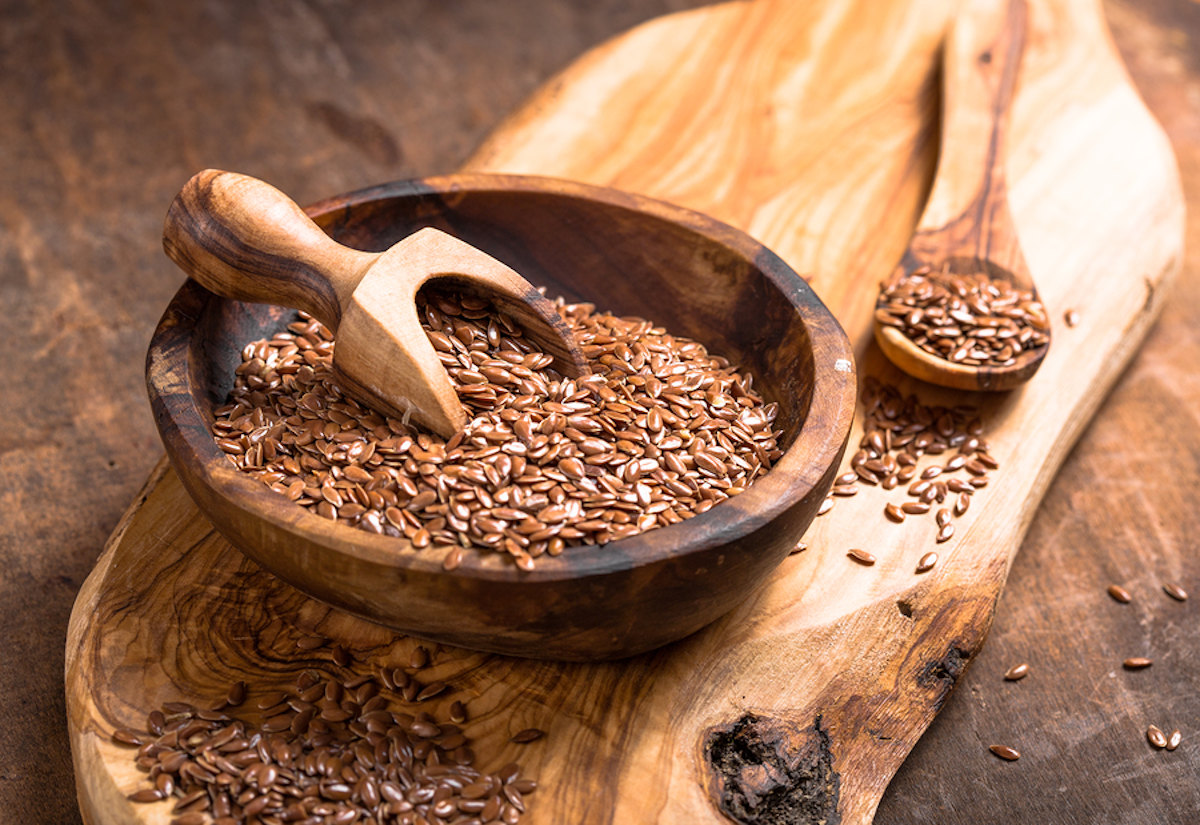
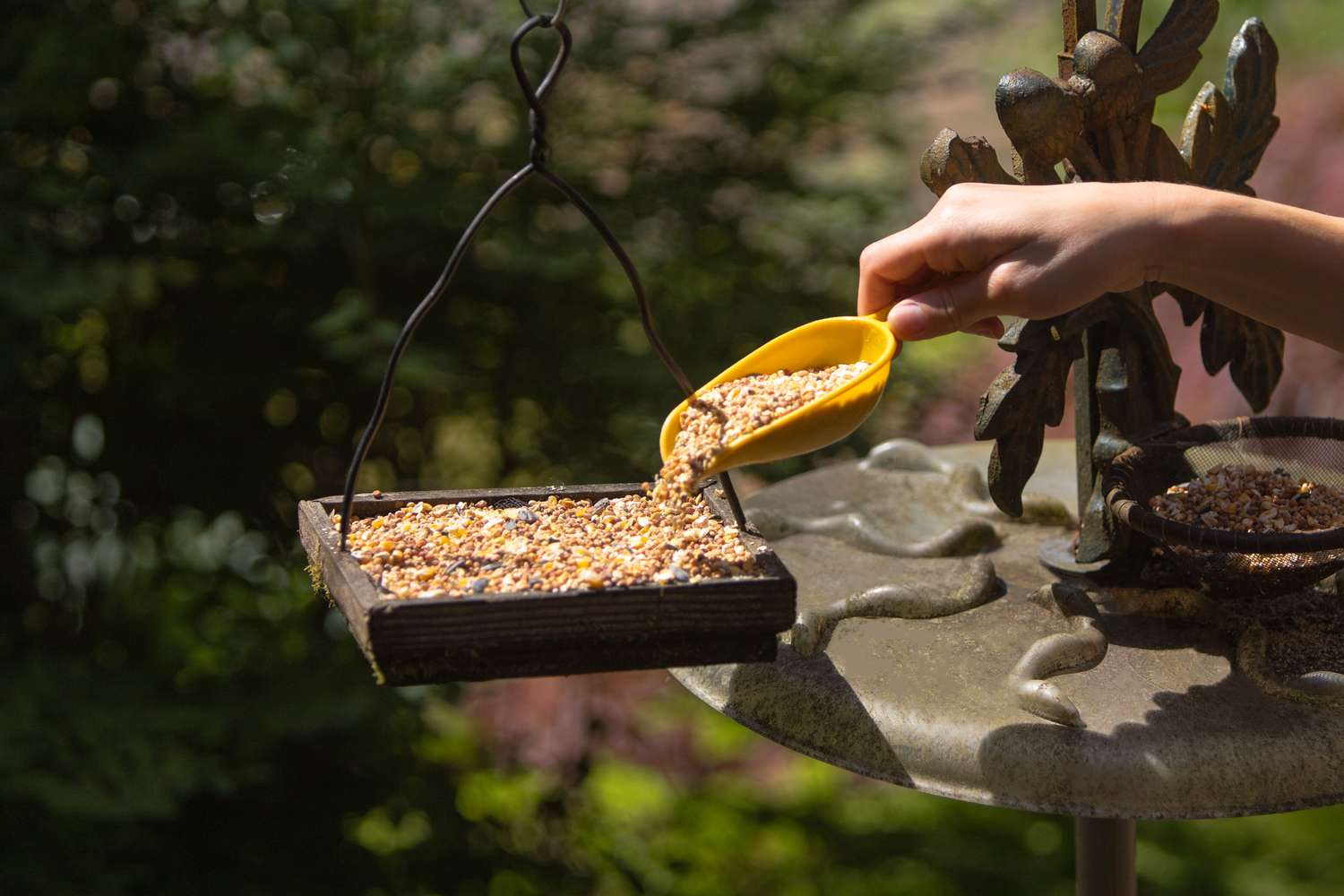
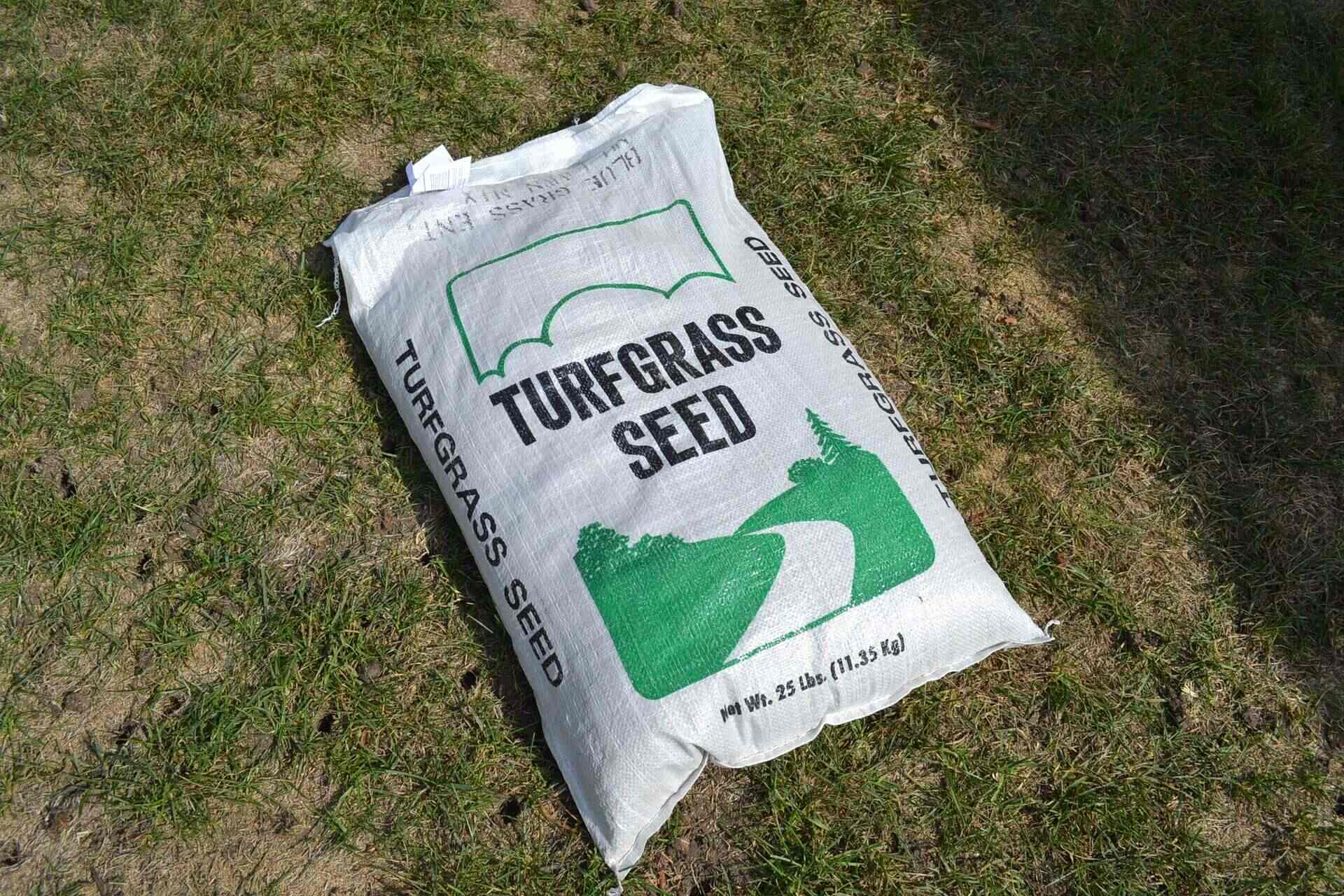
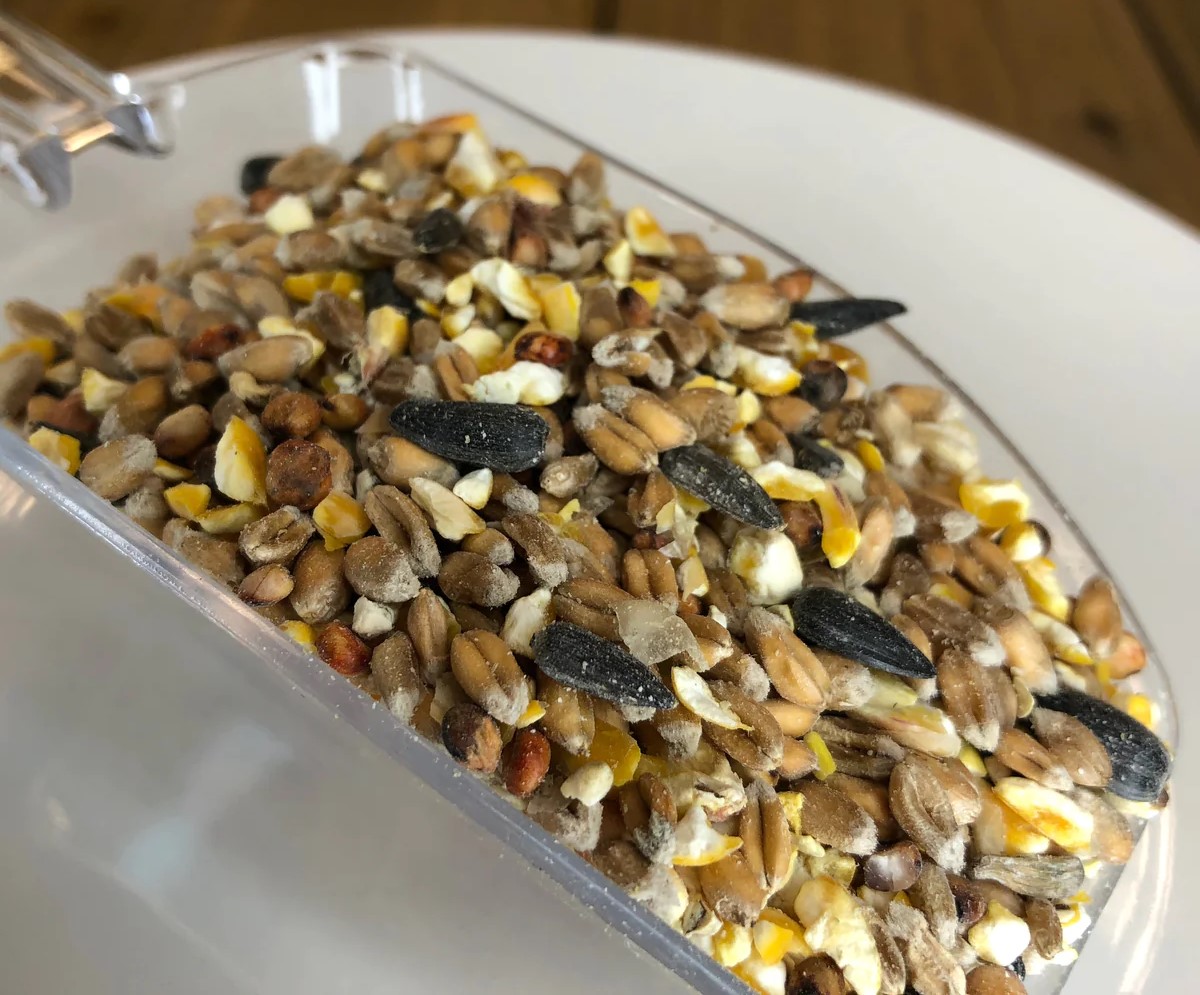
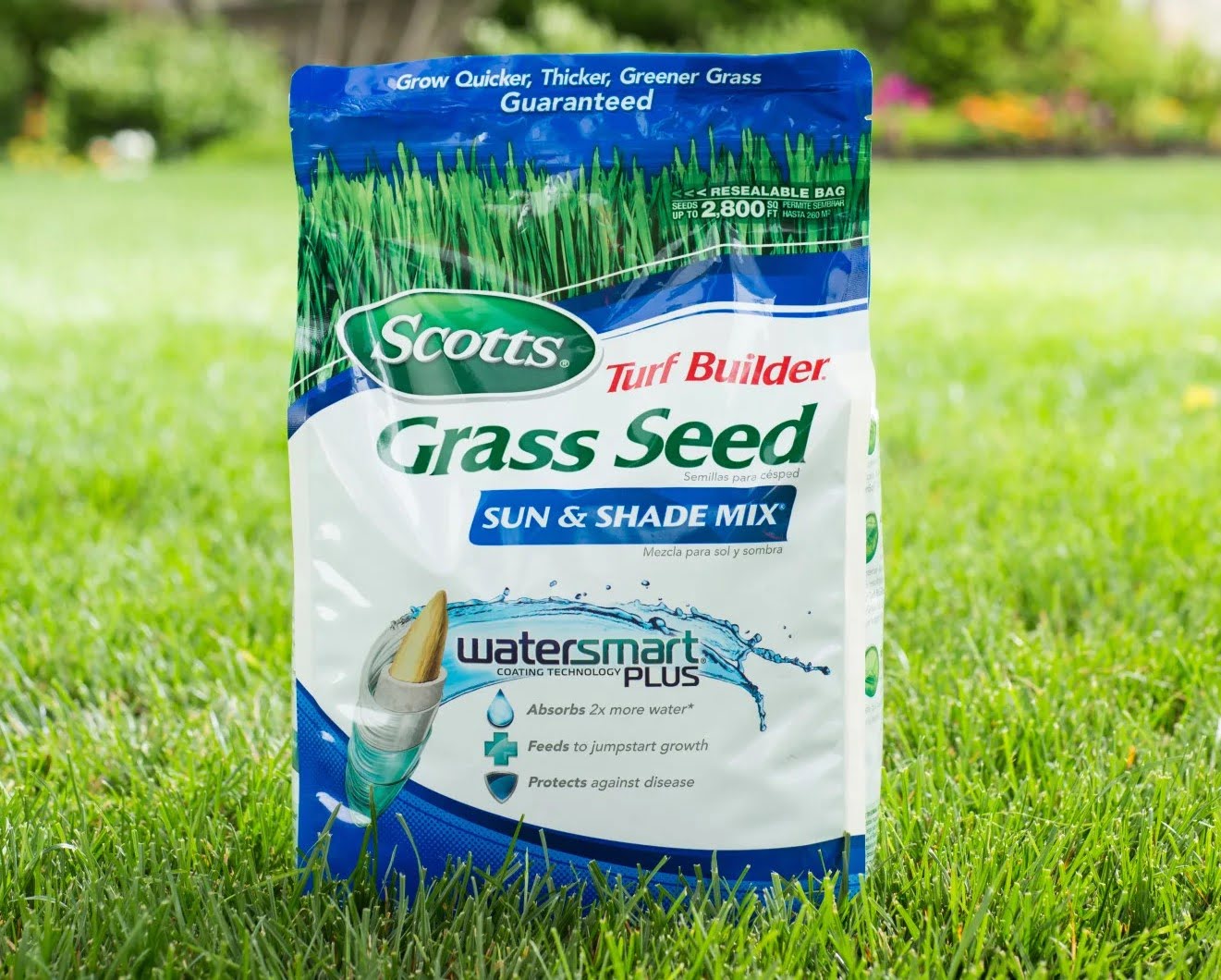
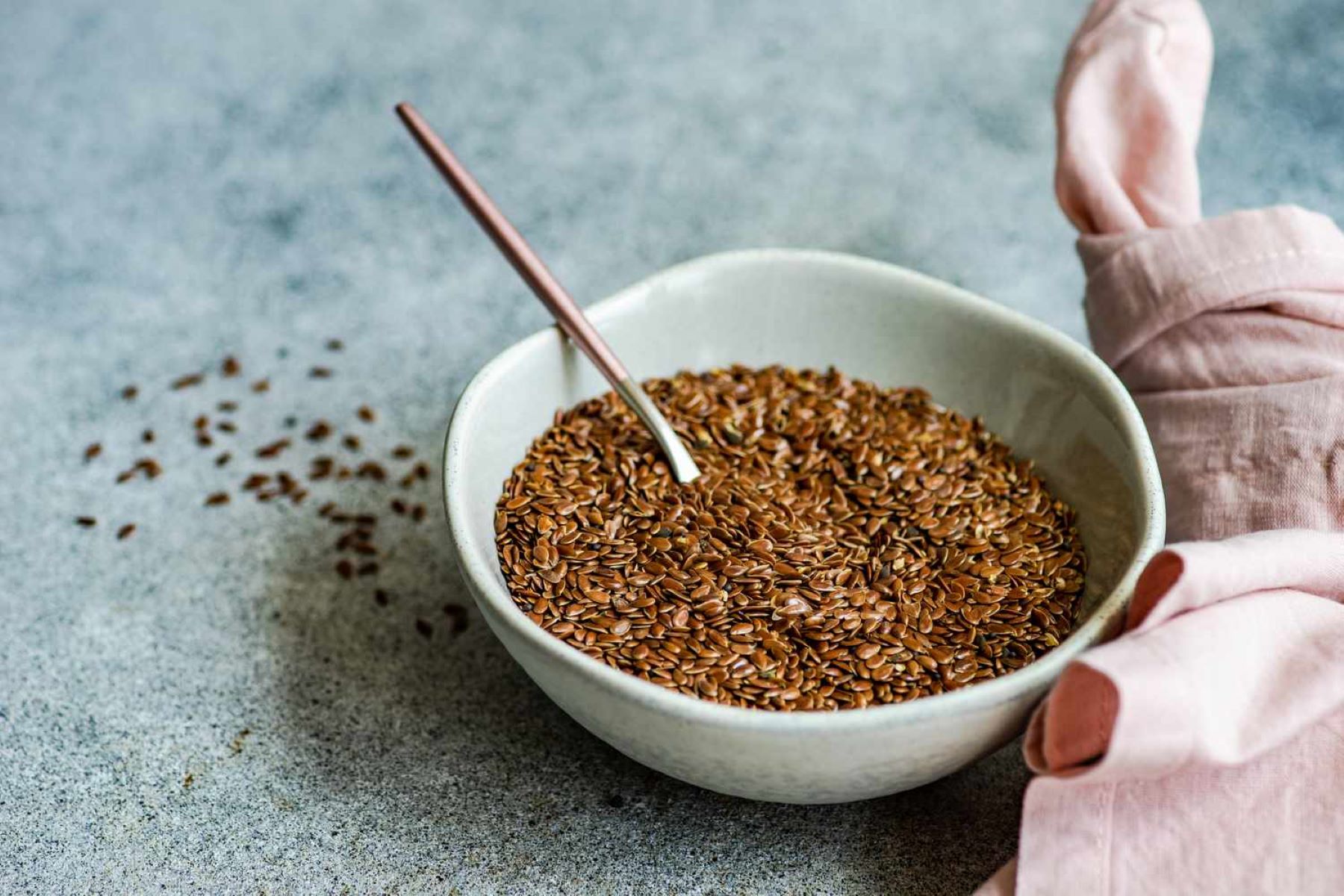

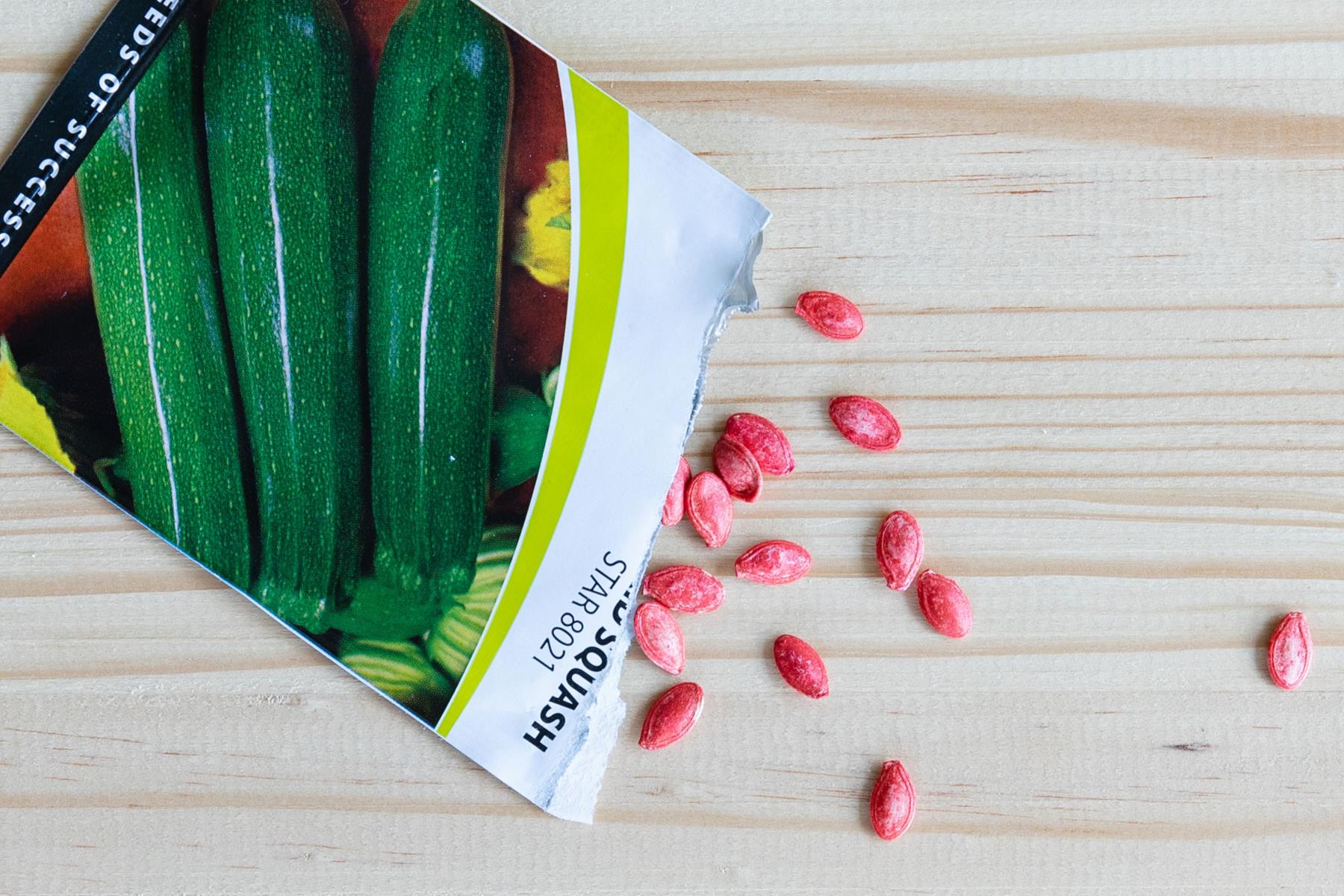
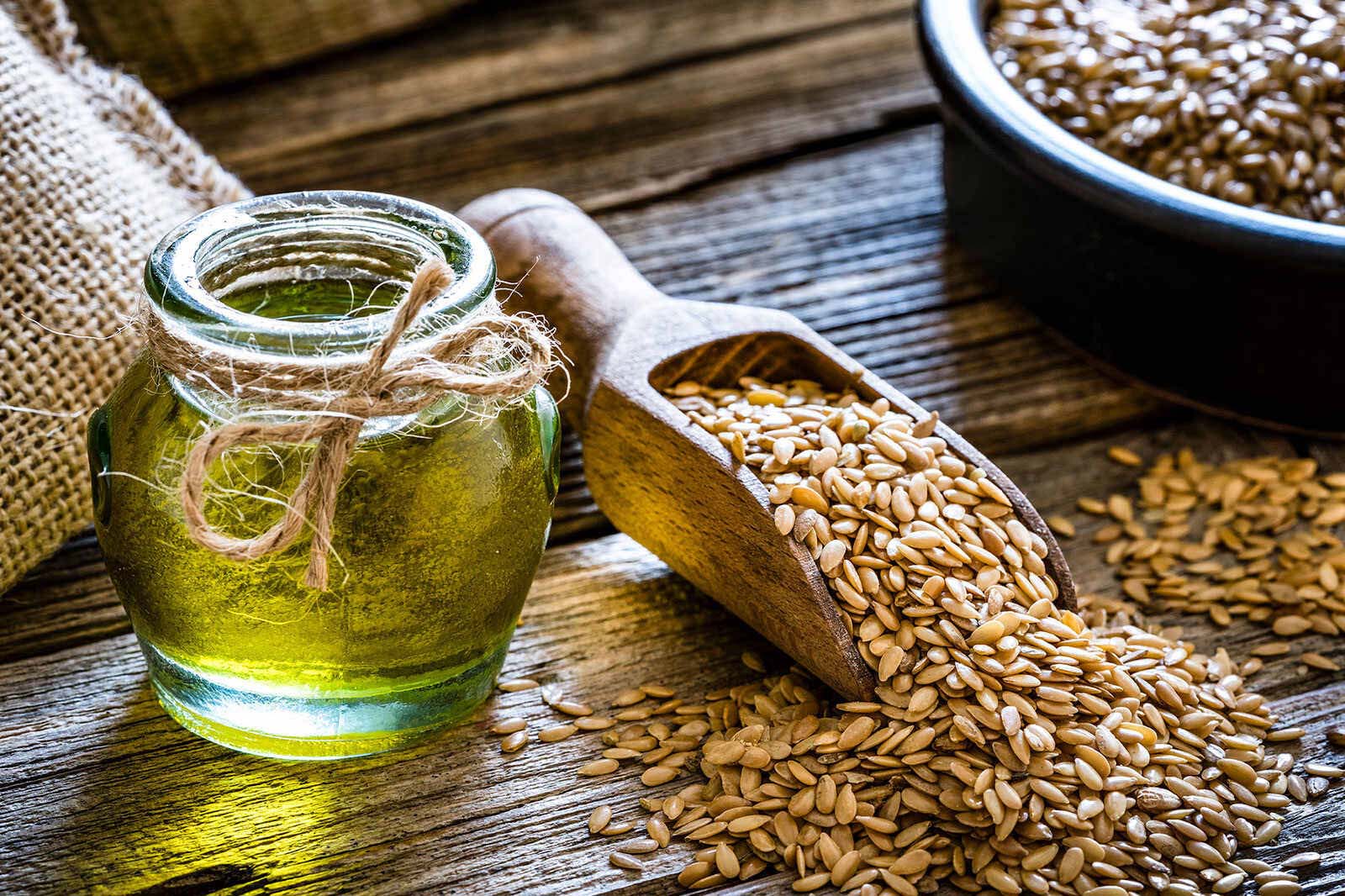
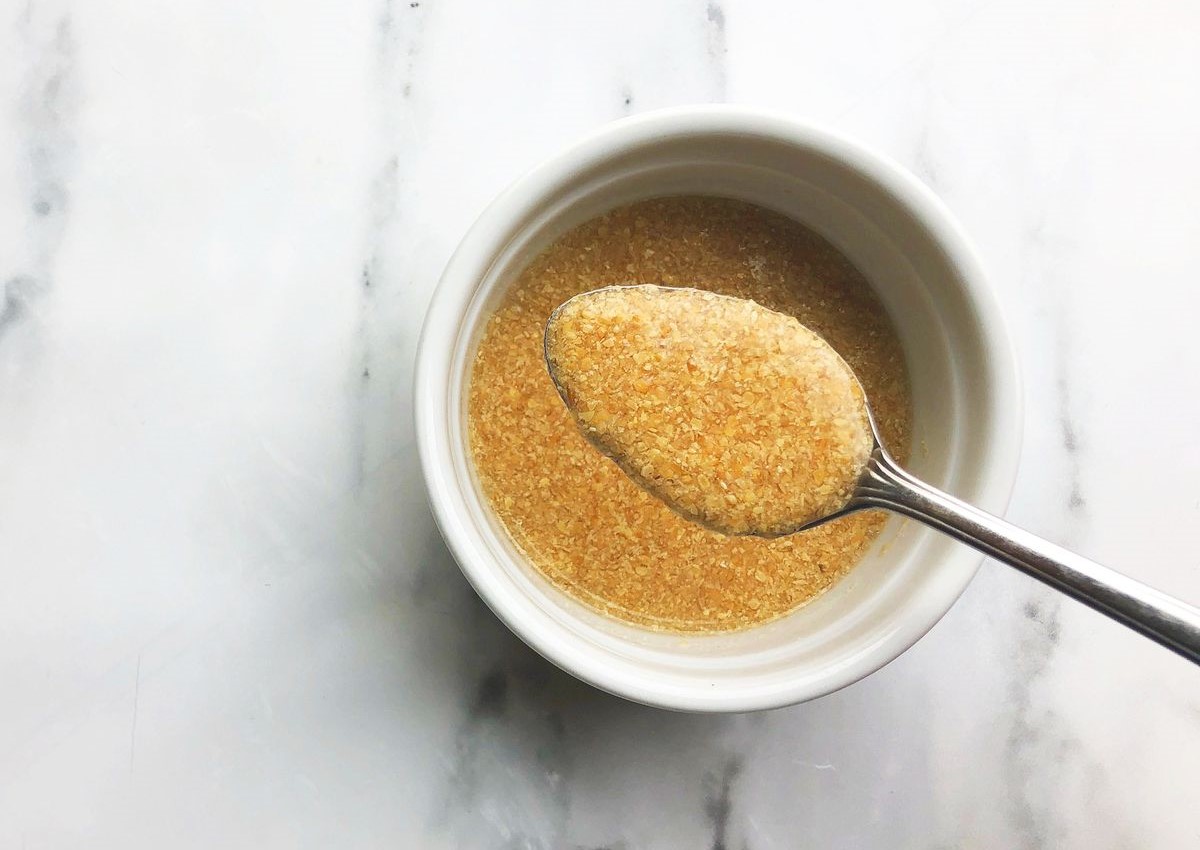
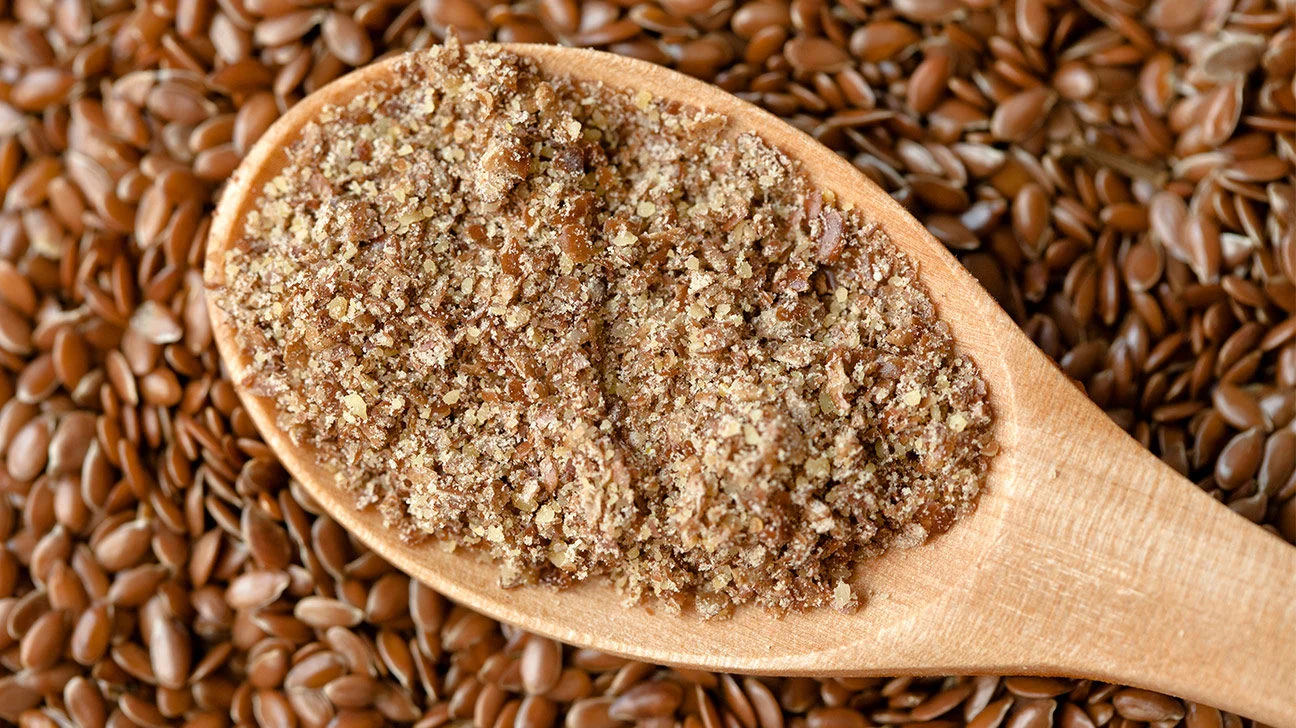
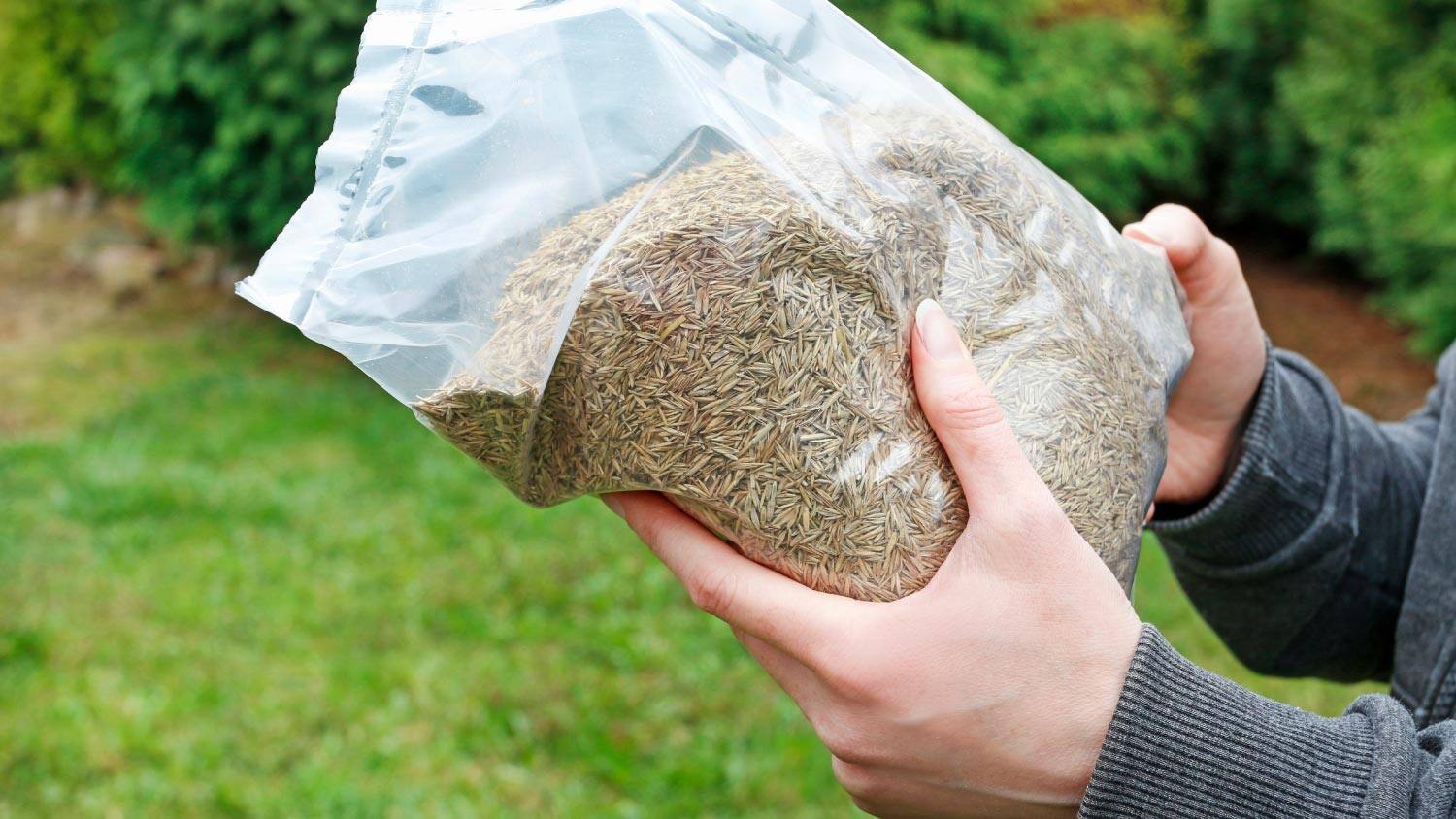
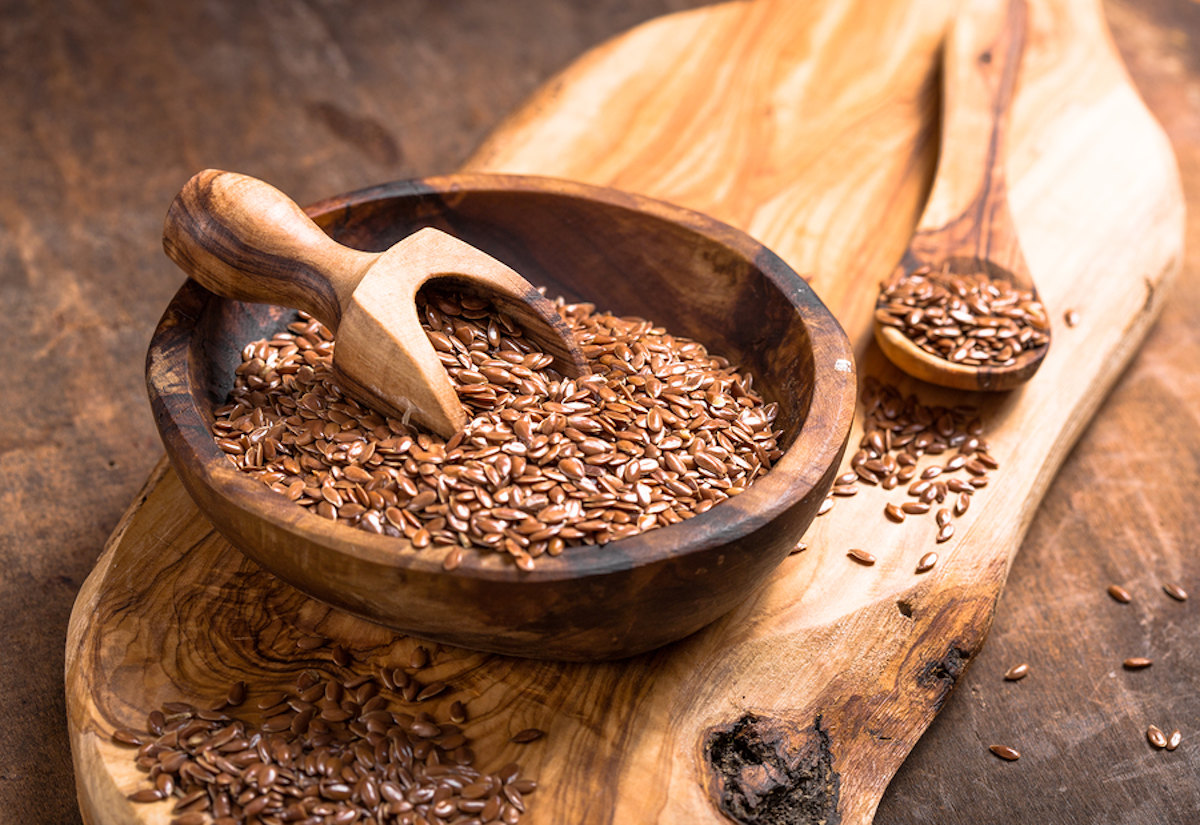
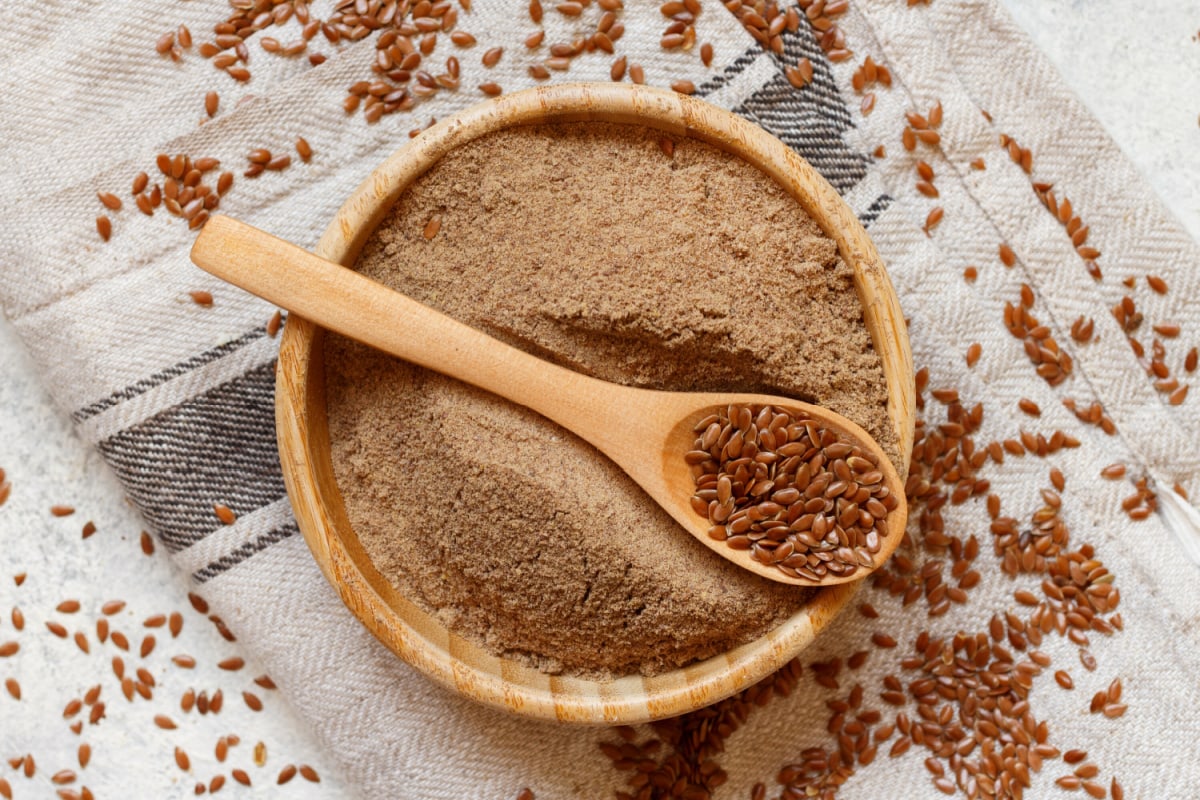

0 thoughts on “How Long Does Flax Seed Meal Last”